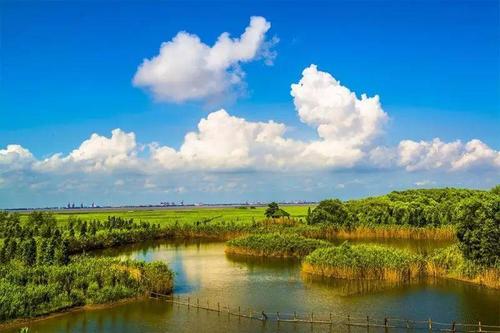The wetland is a unique ecosystem formed by the interaction of water and land on the earth, an important living environment and one of the most biodiverse landscapes in nature. It plays an irreplaceable role in resisting floods, regulating runoff, recharging groundwater, improving climate, controlling pollution, beautifying environment and maintaining ecological balance within the region, etc. The wetland always offers a variety of services for human beings silently, and the production and life of human beings are inseparable from wetlands.
Wetlands developing in different parts of a basin have different ecological service functions:
◆ Independent wetlands are habitats for waterfowls to forage for food and nest, create living environments for terrestrial and wetland species and dampen floods. They are conducive to the absorption, transformation and deposition of sediments and nutrients and of aesthetic significance.
◆ In addition to the above functions, lakeside wetlands can also remove sediments and nutrients from the flowing waters in the basin. At the same time, they are also hatching and spawning areas for fish.
◆ Apart from the service functions of independent wetland, riverside wetlands can also control sediments, stabilize banks and channel floods.
◆ Estuary, offshore and coastal wetlands can serve as habitats and spawning areas for fish and crustaceans, offer nutrients to marine fish and prevent erosion from storm surge.
◆ Island wetlands create habitats for sand species, avoid erosion from high-energy waves and are of aesthetic significance.
◆ Peat swamps, especially those with poor nutrition, possess a special function, that is, to keep fresh and resist corrosion. The corpses of human beings and animals buried in the peat layer can be well-reserved for hundreds or even thousands of years. And trees buried in peat for thousands of years can still be made into furniture.










 Public Security Filing No.:321324402000556
Public Security Filing No.:321324402000556